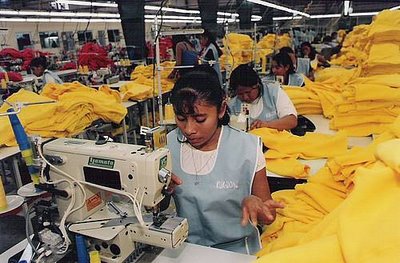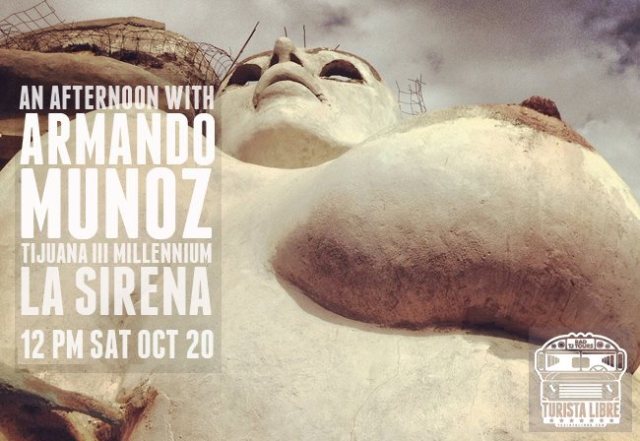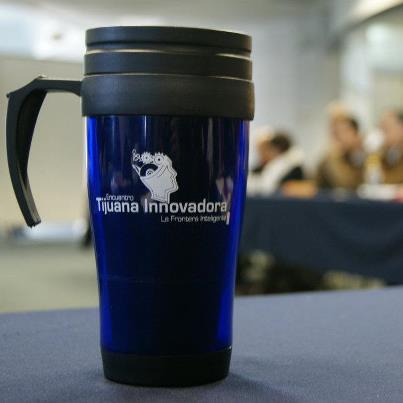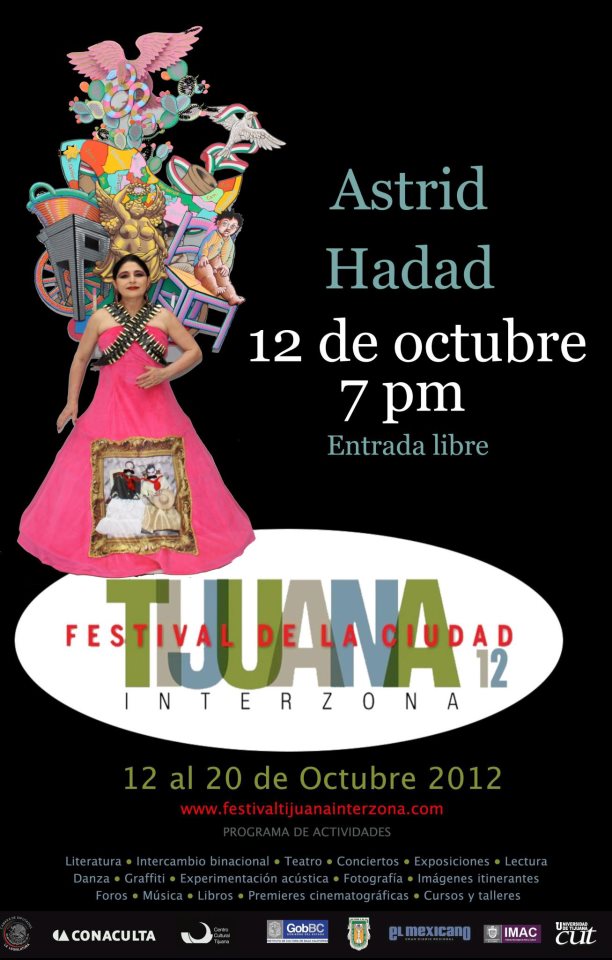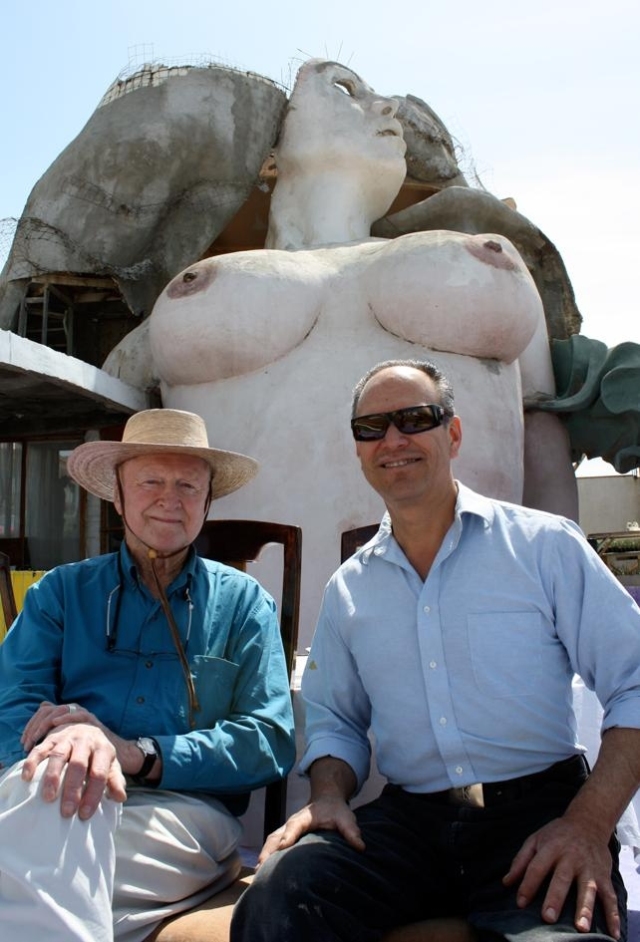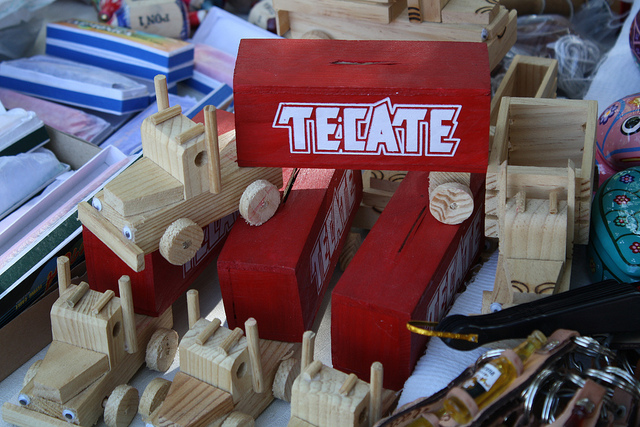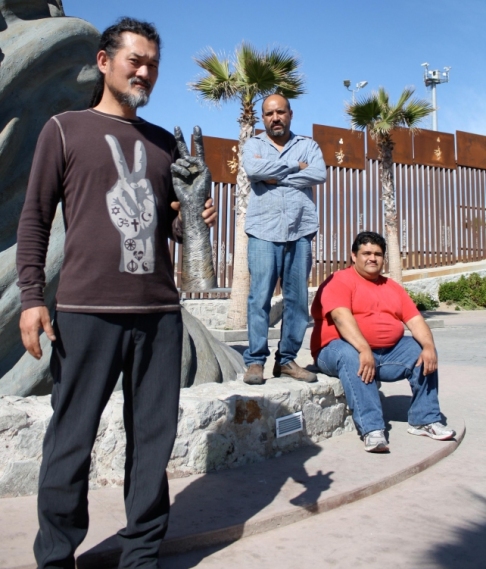 t
t
Standing at the western end of the United States / Mexico border fence is like being plopped into the middle of an awkward conversation between Frida Kahlo and Dick Cheney. Nowhere are the differences between the two cultures more apparent.
During the past few years, Playas de Tijuana has undergone a facelift. A nice, new wooden boardwalk runs alongside the beach, businesses are popping up and a handful of noisy vendors—hawking fresh coconuts, churros and frozen treats—pitch their goods. The bullring hovers in the distance as for-sale, fighting roosters run freely around a dusty lot nearby. Tourists and locals frequent the revamped park (recently renamed Parque del Mar, although locals don’t call it that), some to snap photos, others to take advantage of cell-phone signals that don’t always recognize the precise location of the international boundary. A large fiberglass sculpture of dolphins frolicking in the sea has been placed in the middle of a concrete slab in the park, just feet away from the fence.
On the U.S. side of the border, signs of new construction are visible, too. A huge crane casts a shadow across the fence. It’s parked a few feet in front of a temporary construction platform that stretches out into the Pacific Ocean. The U.S. Department of Homeland Security is in the middle of replacing the old border fence—a rusted, ragtag wall made of recycled helicopter landing pads from the Gulf War—with a much higher, sturdier barrier. A new tower structure, complete with what appear to be video cameras, adds to the militarized feeling—one of the reasons few folks visit the surrounding state park these days. But no matter how high the fence is or how many Border Patrol agents sit at the ready, it all seems futile—the fence still ends abruptly in the ocean, met by the vastness of the sea.
Artists have already responded to the new fence, covering its brown, oxidized steel columns with white messages and images commenting on, and questioning the need for, a higher fence. One artist has taken the iconic street sign that warns freeway drivers about immigrant families darting across the road, flipped the image on its side and armed the father, who’s pulling a woman and child forward, with a small bundle of balloons.

“This should be a very, very important place, but it’s like nothing is here to let you know,” Youn Woo Chaa says, squinting in the afternoon sun as he looks out over the border fence. “It’s a little strange. And the dolphin piece, why is that here? It doesn’t make sense for me as an artist.”
Chaa, a Korean artist with long black dreads dangling down his back, first set foot on the site more than 15 years ago. It was different then—not as developed on either side— and he remembers being astounded by the openness of the border. Born in Seoul, his idea of an international border came from the one separating South Korea from North Korea. “You cannot cross through that border,” he laughs. “Maybe if you’re a 007 secret agent or something.”
The closest Chaa ever got to his hometown border was the Korean Demilitarized Zone (DMZ). Three years of military service is required in South Korea (up to 10 years is mandatory in the North), and Chaa was stationed in the DMZ for a short time before too many deaths, mostly caused by friendly fire, exploding mines and other accidents, forced a commander to relocate his unit, Chaa says.
Chaa eventually married a woman from the United States and moved to Los Angeles. He liked the idea of being able to cross an international border whenever he wanted with relative ease—no mines or gunfire—so he started making regular trips to Tijuana. He began feeling strong connections to the Mexican people. The poverty in the region reminded him of Korea in the ’60s, and though he didn’t speak Spanish, he felt as though Mexican people understood him and vice versa.
“It’s like I can open the curtains to their minds,” he says. “I know who they truly are, what they want and how to talk to them. I feel much closer to Korean people when I’m here in Mexico.”
The language barrier is partially responsible for giving Chaa his big idea. He noticed that when Mexicans said hello to him, they often nodded their heads and threw up a quick peace sign, as if trying to communicate friendliness without having to understand words. The image stuck with him, and while visiting the border fence in Playas about a year ago, he suddenly knew exactly what he needed to do.
“La Mano de la Paz“, a giant hand making a peace sign—that’s what the park needed. Nothing too kitschy or corny. Something elegant and interactive with a water feature at the base of the sculpture that misted, creating a rainbow at certain angles, plus an interactive component that responded to noise by generating the image of a snowflake on a circular LCD screen below the sculpture’s elevated base. The hand would need to be at least 15 feet high and made of galvanized steel wires, welded and wound together in a way that made each finger end in its own unique fingerprint.
“After I got the idea, I got stuck on it, and I started hating those stupid dolphins even more,” Chaa says. “That sculpture is falling apart, anyway. It’s fine for some hotel or resort front, but not here. The border is right there, you know?”
Read the rest of this story at sdcitybeat.com, where it was first published.


